CLEO/Europe-EQEC 2017 Hirohiro Kubota
Research
Report on Participation in LEO/Europe-EQEC 2017
Master1Year: Kubota, Hirohiro
Outline
I attended CLEO/Europe-EQEC 2017 (the Conference on Lasers and Electro-Optics/Europe and the European Quantum Electronics Conference) held in Munich, Germany, from June 25 (Sunday) to June 29 (Thursday). CLEO/Europe is one of the biggest conferences in the field of optics, but it seems to have a different atmosphere from other conferences, where various research presentations were held in a relaxed atmosphere until the evening, but in the evening, there was a cheerful atmosphere with beer and pretzels at the venue. In the evening, beer and pretzels were distributed at the venue, and the conference dinner was held in a beer garden. An exhibition by companies was also held at the same place as the conference venue. Various companies from many countries gathered, and I thought the scale of the exhibition was rather larger than the conference.
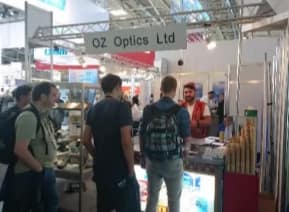
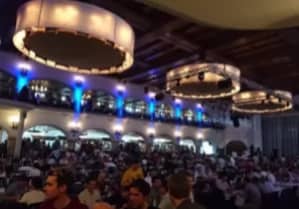
2. about your presentation
This was my first international conference and my first oral presentation. The presentation was given in the session "Nonlinear micro- and nanophotonics" at 15:00 on the first day of the conference. In this session, there were no presentations from the same research field as ours, but presentations on optical waveguides, photonic crystals, and graphene-based devices. In this session, I presented a paper on third harmonic generation in micro optical resonators. There were three questions in the Q&A session. I was very nervous because it was my first oral presentation, but I am glad that I could finish my presentation without any problems.
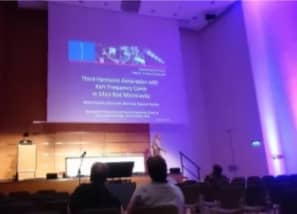
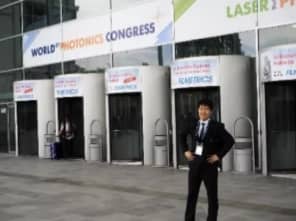
3. related announcements
Some of the sessions were dedicated to WGM resonators and Kerr solitons, and the latter session was very active in discussions. Kerr solitons" session, Miro Erkintalo gave a talk on "Experimental observation of super cavity solitons" (EF-1.5). I attended the lecture (EF-1.5) by Miro Erkintalo. The presentation slides were very cool, with a black background and sophisticated figures. In previous studies, there have been many analyses of Kerr comb generation and soliton formation when the detuning is changed up to one cycle (one FSR), but in this study, the analysis was conducted in the region where resonance modes overlap. In most experiments, the overlap of resonance modes is not considered because the pump power is sufficiently small, but this study analyzed the overlap of a soliton state comb generated from one resonance mode and a modulation instability region comb generated from a neighboring resonance mode. When detuning reaches the modulation instability region of the neighboring resonance mode, most of the solitons disappear, but there are some that survive. This is called a super cavity soliton (SCS).
4. seminar at Technical University of Munich (TUM)
After CLEO/Europe, I attended a seminar at Technical University of Munich, where two research groups gave presentations on spintronics and quantum memory. I had not had much opportunity to learn about spintronics before, so the content was a little difficult, but I had a very good time learning about the state-of-the-art research in this field.
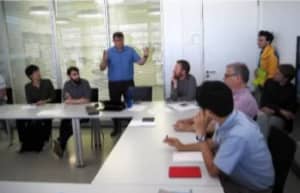
- Categories
- 国際会議報告


